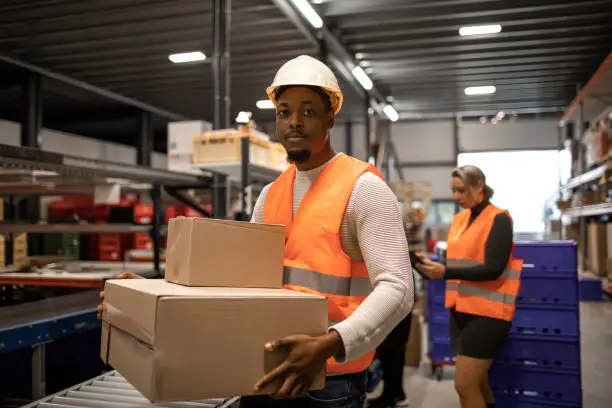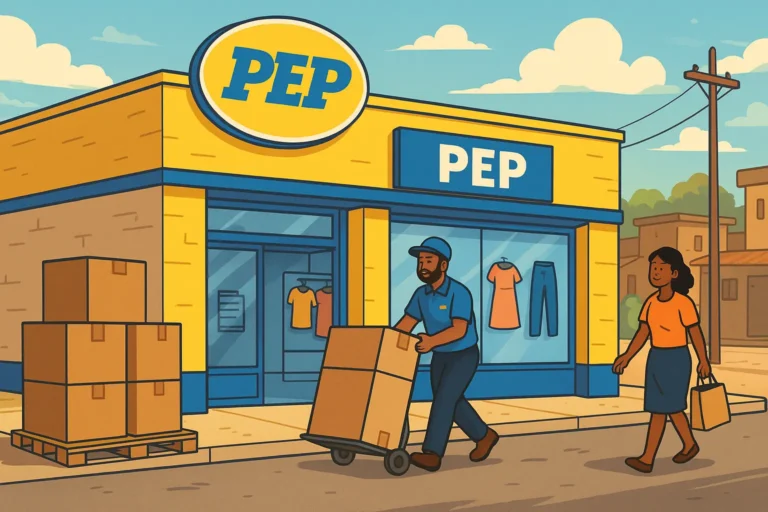
Localized supply chains are making a comeback in different industries across the globe. They are regional supply chains that start and finish within a limited area.
For much of the 21st century and modern economy, globalization was the ideal supply chain strategy for multinational businesses.
However, in the wake of covid and international conflict, many businesses are re-evaluating this strategy. The other strategy they are exploring is localization.
Although similar to globalization, localized supply chains differ in strategy and operations. This article explores the seven steps to building a successful local supply chain.
Step 1. Analyze the Local Market
A big part of the local supply chain is local sourcing. Therefore analyzing the market involves identifying the products you need to source for your supply chain and checking their availability at the local market.
When analyzing the local market, you are trying to find product quality, production, proximity to market, and availability details. These will help you make informed decisions and ease the transition from global to local.
There are several methods you can use to analyze the local market.
It could be a physical inspection of product variance across the market, surveys, online research, or an interview and inspection of the supplier’s business and facility.
It is vital to keep an open mind when analyzing the local market. Because even if local suppliers do not meet your exact need, they are typically open to modifying the product to meet your requirements.
Step 2. Evaluate the Potential of Suppliers in the Localized Supply Chains
After analyzing the local market, finding potential suppliers is the next step to building a localized supply chain. These are the businesses or persons supplying the required products to your supply chain.
Evaluating the local supplier’s potential entails vetting their capability to deliver.
You can vet suppliers by checking their production facility, financial capacity, infrastructure, market history, and commitment to growth.
Part of evaluating potential suppliers is checking their values, such as sustainability practices, and seeing if it’s a match. You can suggest it in cases where it isn’t, especially where suppliers are limited.
A caveat though: this may only apply to big businesses.
Step 3. Solicit Government Intervention For Supply Chain Localization
Government has a huge role to play in supply chains, especially on the local level.
Recently, to boost their economy, most governments in Africa and the world are enacting policies that will help them bring back localized supply chains.
This is an opportunity for businesses, especially large corporations, to bend the ear of the government. It does a lot to simplify the localization process.
The government can help local supply chains through incentives such as tax breaks. For example, in the United States, the government is bringing back local chip manufacturing through subsidization to TSMC, Samsung, and Intel.
Step 4. Supplier Development to help Facilitate Localized Supply Chains
There are times when the individual local suppliers may not meet your requirements. However, instead of giving up, you can go through the supplier development process to help them level up.
As the name suggests, supplier development is developing, building up, or aiding suppliers to meet your requirements.
There are two ways to do this. You can achieve it by offering technical assistance to support their expansion or by bringing two suppliers together to meet your requirement.
Many businesses often favour the latter for two suppliers. However, in Africa, where there are some limitations to production and capacity, getting a bunch of smaller suppliers to meet up to your demand works.
Step 5. Contract Negotiation
Negotiating and signing contracts is the fifth step in setting up localized supply chains. It comes after identifying and selecting suppliers who fit your requirements.
Contracts are terms of engagement between your business and its suppliers. It helps you protect your business from maleficent intent or fraudulent activities.
A good contract should contain the following elements: offer, acceptance, awareness, consideration, and capacity. If your contract lacks any of these, it becomes difficult to enforce.
Other factors should include pricing, delivery expectation, and the recommended guide. All these make it easier to have a seamless working relationship with the suppliers.
Step 6. Establish Communication Channels through Localized Supply Chains
Communication is the bedrock of any supply chain collaboration. You will need real-time information between all stakeholders to operate your supply chain effectively.
You achieve supply chain visibility through communication, which helps you 10x your supply chain’s productivity.
Establishing viable communication channels between your business and suppliers will help reduce supply chain downtimes or disruptions. It also reduces lead times and eliminates bottlenecks in the supply chain.
A very good example of the impact of communication in your supply chain is Walmart’s supply chain. Another example is the Coca-Cola supplier management strategy.
Step 7. Monitor and Evaluate Supplier Performance
Evaluating your supplier’s performance is important for analyzing growth and achievements in the supply chain.
To do this successfully, you can adapt KPIs such as lead time, quality, on-time delivery, defunct products, etc. You may also use unique KPIs that align more closely with your supply chain.
Evaluating your supplier performance allows you to make informed decisions about the future with your suppliers. It also helps you mitigate potential pitfalls.
It shows you the suppliers who you can rely on and those you might need to change or reduce their impact on your supply chain.
=================================================
Conclusion
There are a lot of benefits to using localized supply chains, including cheaper logistics, accessibility to the local market, and simplified order fulfilment for customers.
These steps mentioned in the article are enough to get you started on localizing your supply chain effectively. You can read this article to find out more about local supply chains.

Obinabo Tochukwu Tabansi is a supply chain digital writer & ghostwriter helping professionals and business owners across Africa explore various strategies that work and learn from the success and failures of various supply chains across the globe. He also ghostwrites social content for logistics & supply chain businesses








